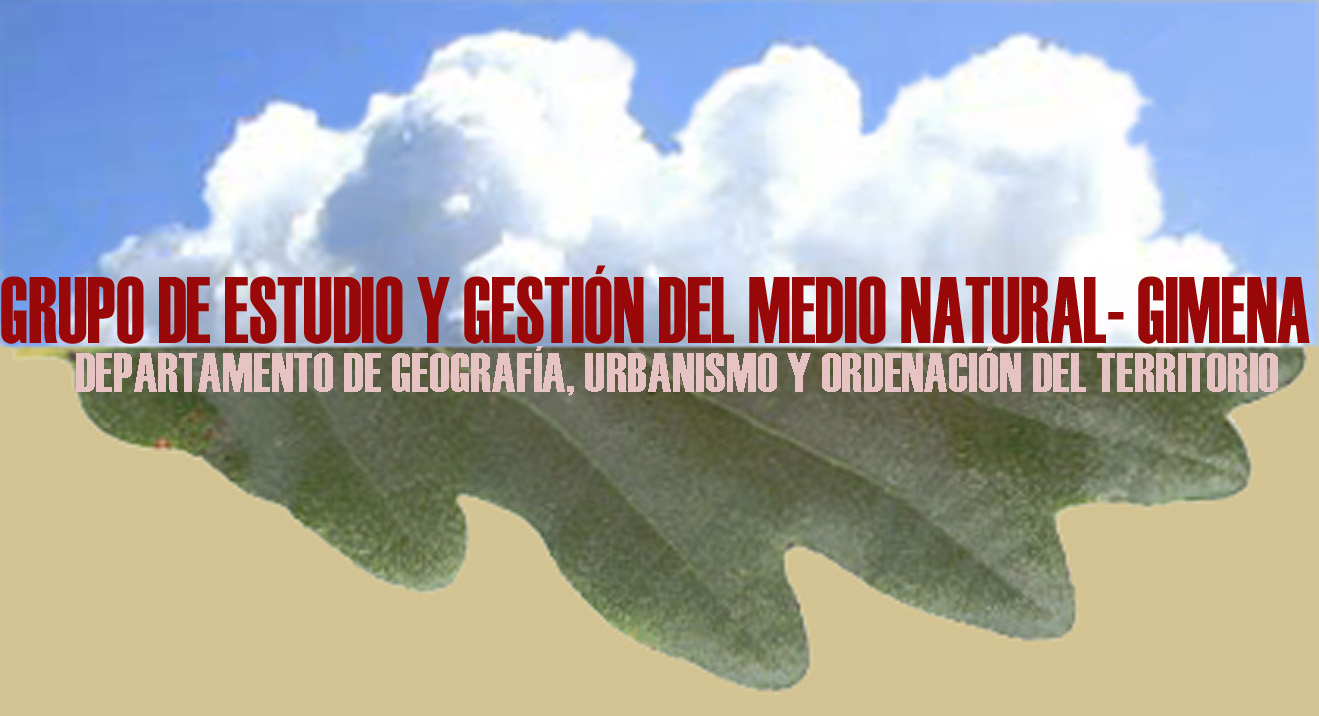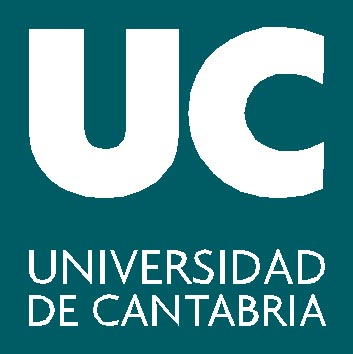
Grupo de Investigación
ESTUDIO Y GESTION DEL MEDIO NATURAL
Departamento de Geografía,
Urbanismo y Ordenación del Territorio- Universidad de Cantabria
PÁGINA PRINCIPAL
MIEMBROS
INVESTIGACIÓN CIENTÍFICA
climatología
espacios forestales, incendios
riesgos naturales
cambio ambiental
ordenación, paisaje, patrimonio
NOTICIAS
DESCARGAS
BONACHEA J.,
BRUSCHI V.M., HURTADO M.A., FORTE L.M., DA SILVA M., ETCHEVERRY R.,
CAVALLOTTO J.L., DANTAS M.F., PEJON O.J., ZUQUETTE L.V., BEZERRA M.A.,
REMONDO J., RIVAS V., GÓMEZ-AROZAMENA J., FERNÁNDEZ G., CENDRERO A.
(2010). Natural and human forcing in recent geomorphic change; case
studies in the Plata basin. Science of the Total Environment, 408 (13),
p. 2674- 2695.
ABSTRACT
An analysis of geomorphic system's response to change in human and
natural drivers in some areas within the Río de la Plata basin is
presented. The aim is to determine whether an acceleration of geomorphic
processes has taken place in recent years and, if so, to what extent it
is due to natural (climate) or human (land-use) drivers. Study areas of
different size, socio-economic and geomorphic conditions have been
selected: the Río de la Plata estuary and three sub-basins within its
watershed. Sediment cores were extracted and dated ((210)Pb) to
determine sedimentation rates since the end of the 19th century. Rates
were compared with time series on rainfall as well as human drivers such
as population, GDP, livestock load, crop area, energy consumption or
cement consumption, all of them related to human capacity to disturb
land surface. Data on river discharge were also gathered. Results
obtained indicate that sedimentation rates during the last century have
remained essentially constant in a remote Andean basin, whereas they
show important increases in the other two, particularly one located by
the São Paulo metropolitan area. Rates in the estuary are somewhere in
between. It appears that there is an intensification of
denudation/sedimentation processes within the basin. Rainfall remained
stable or varied very slightly during the period analysed and does not
seem to explain increases of sedimentation rates observed. Human
drivers, particularly those more directly related to capacity to disturb
land surface (GDP, energy or cement consumption) show variations that
suggest human forcing is a more likely explanation for the observed
change in geomorphic processes. It appears that a marked increase in
denudation, of a "technological" nature, is taking place in this basin
and leading to an acceleration of sediment supply. This is coherent with
similar increases observed in other regions.
Natural and human forcing in recent geomorphic change; case studies in
the Plata basin. Available from:
http://www.ncbi.nlm.nih.gov/pubmed/20381129
